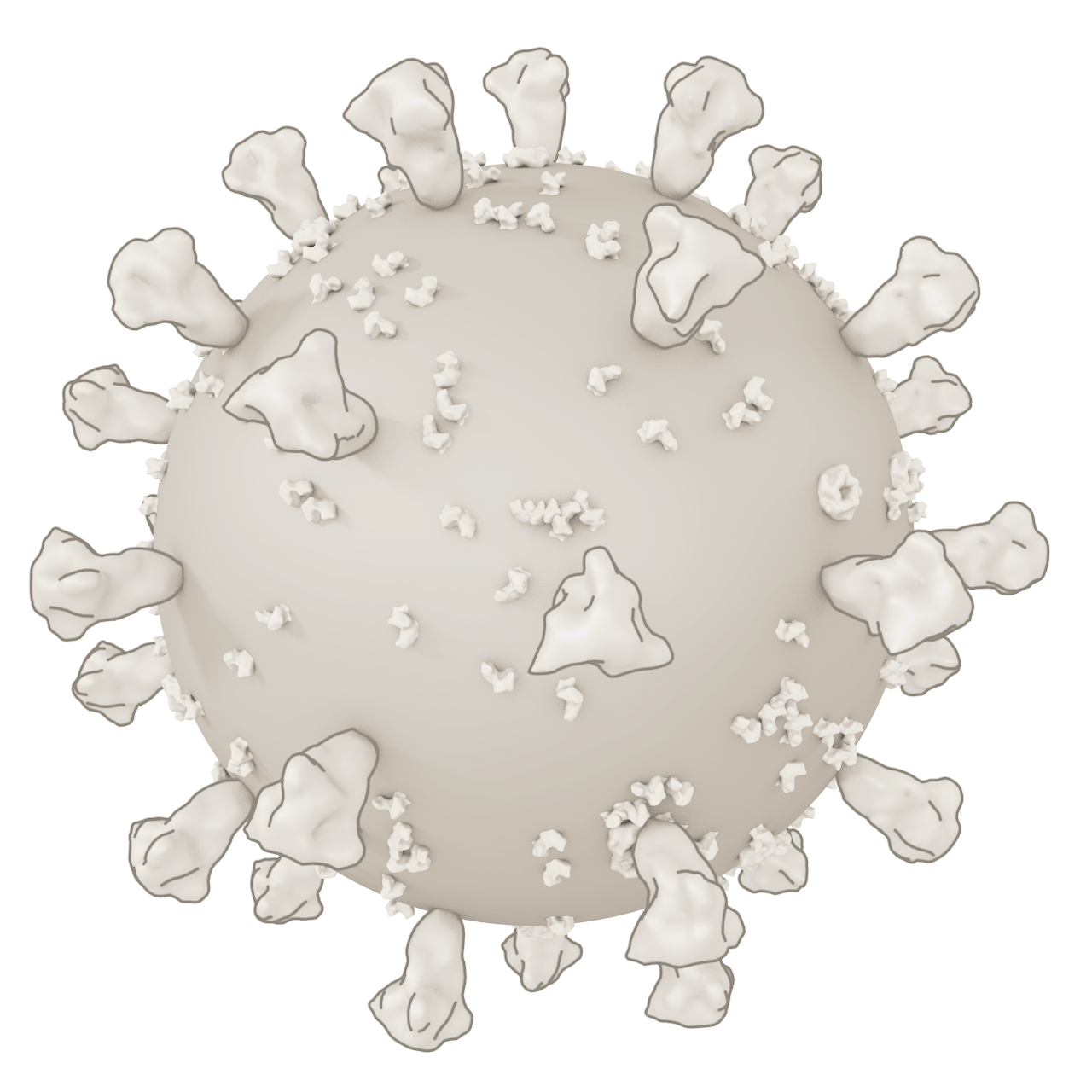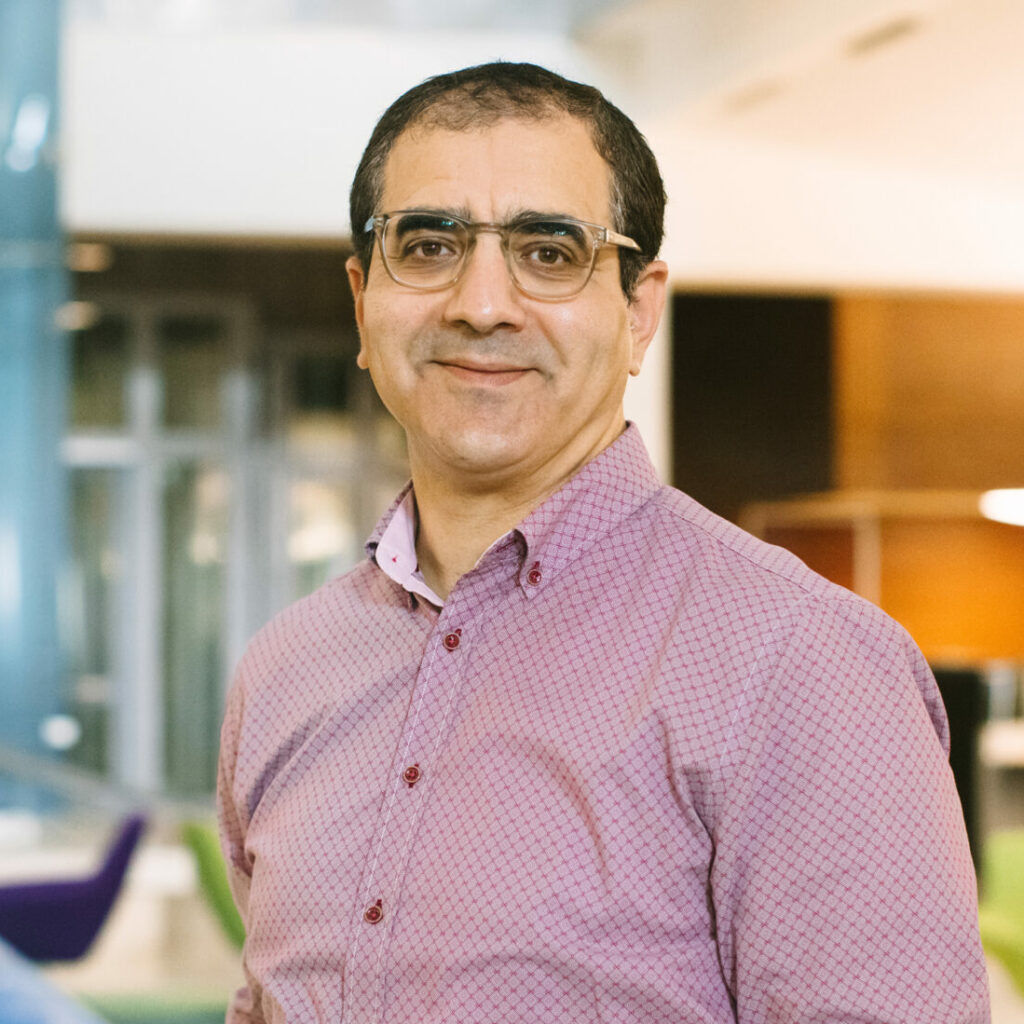
SAMIR HAMDAN
Professor, Bioscience
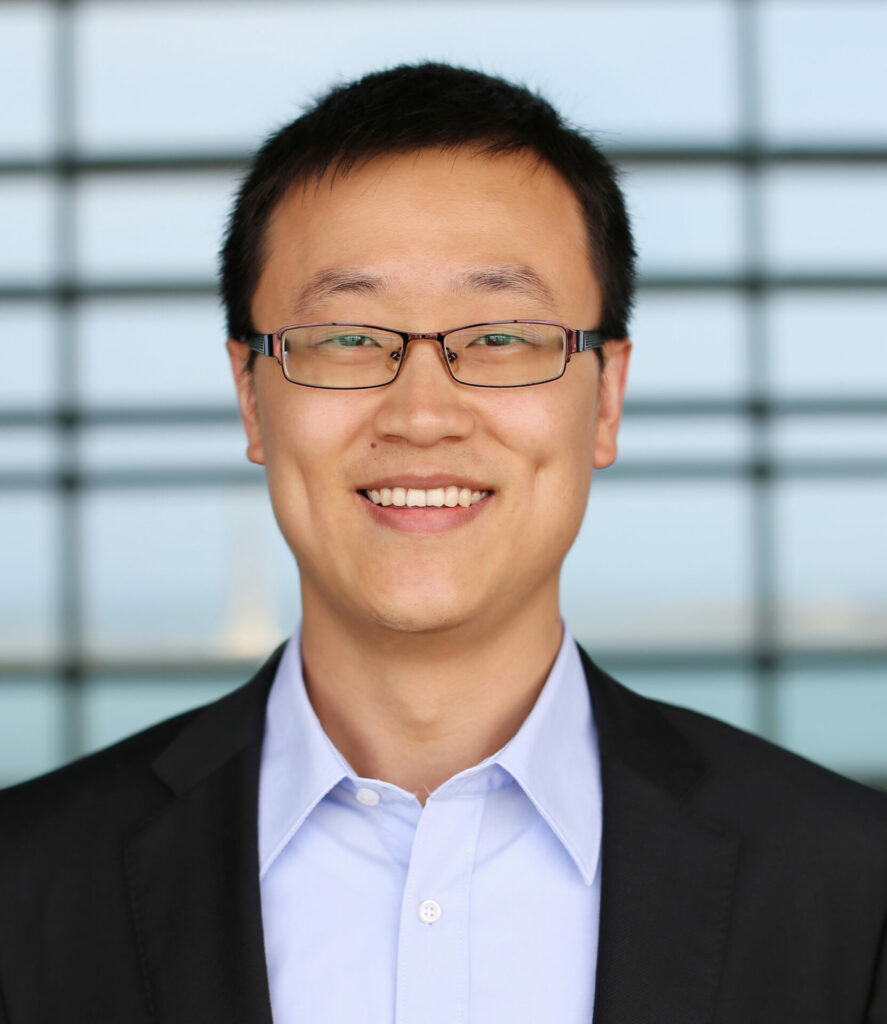
XIN GAO
Professor, Computer Science
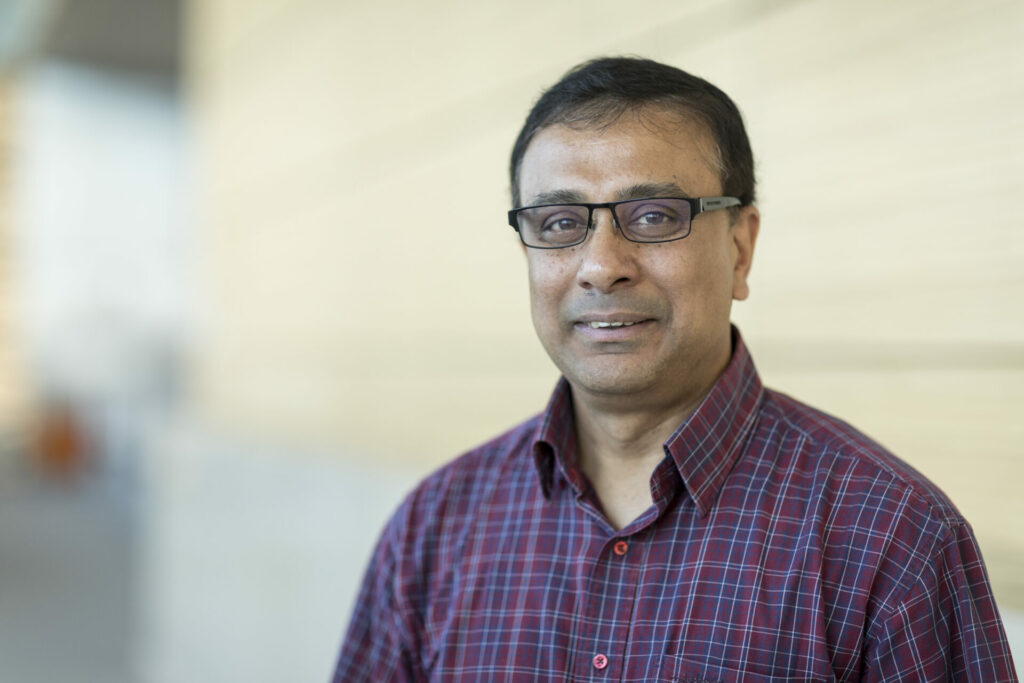
ARNAB PAIN
Professor, Bioscience
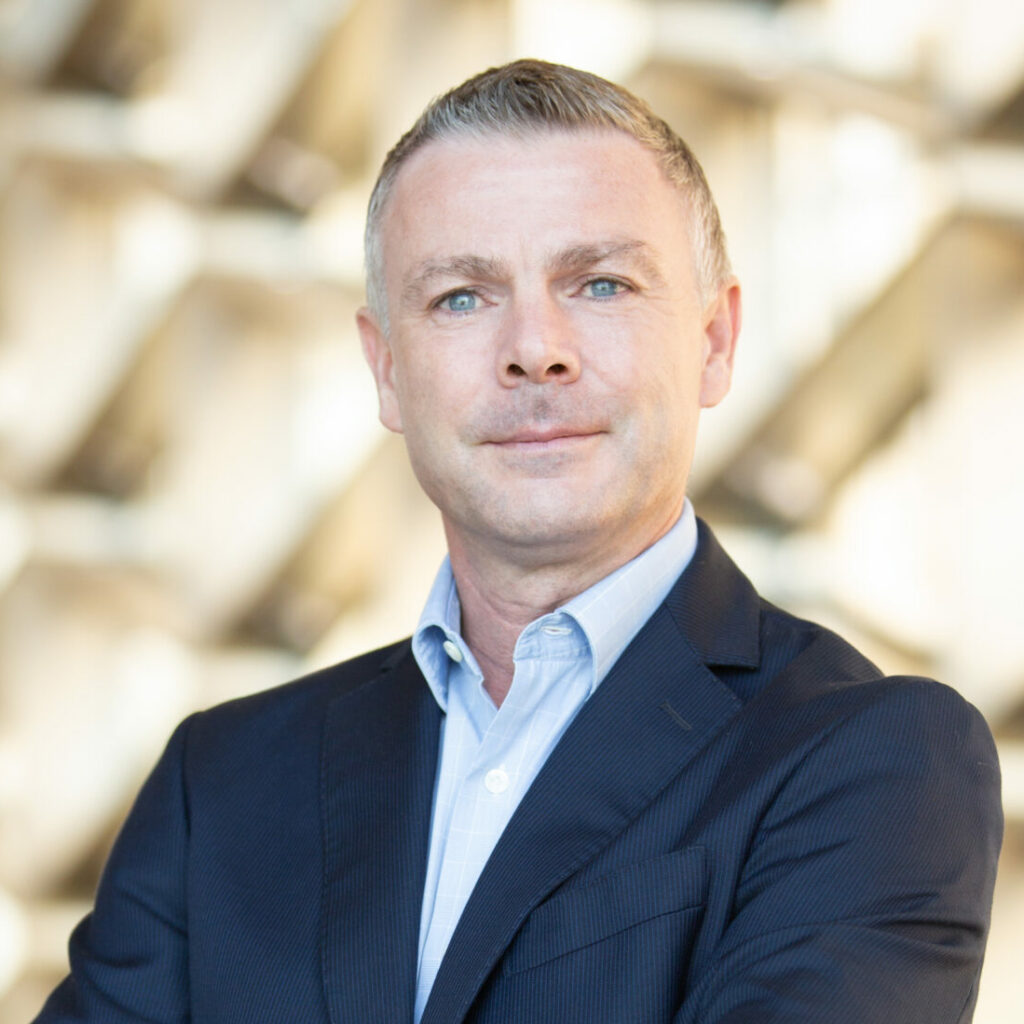
BARRY HOGAN
Facilities Director of Marine, Fabrication and Maintenance Core Labs
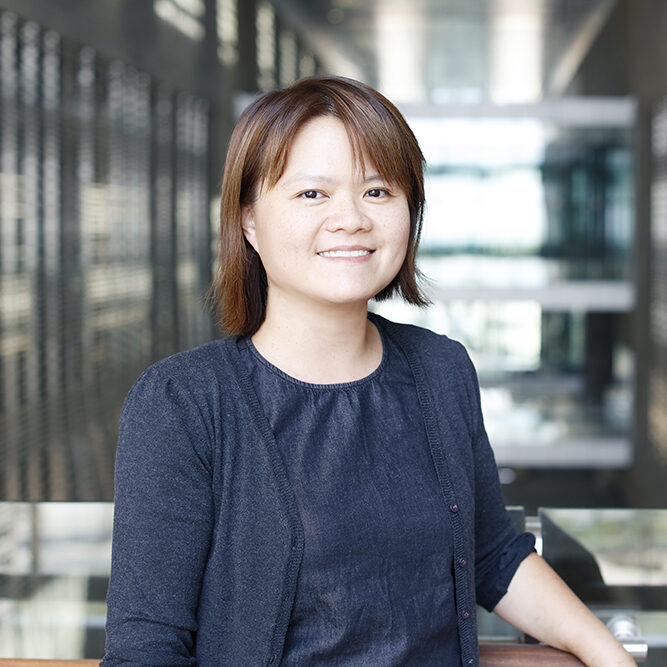
PEIYING HONG
Associate Professor, Environmental Science and Engineering
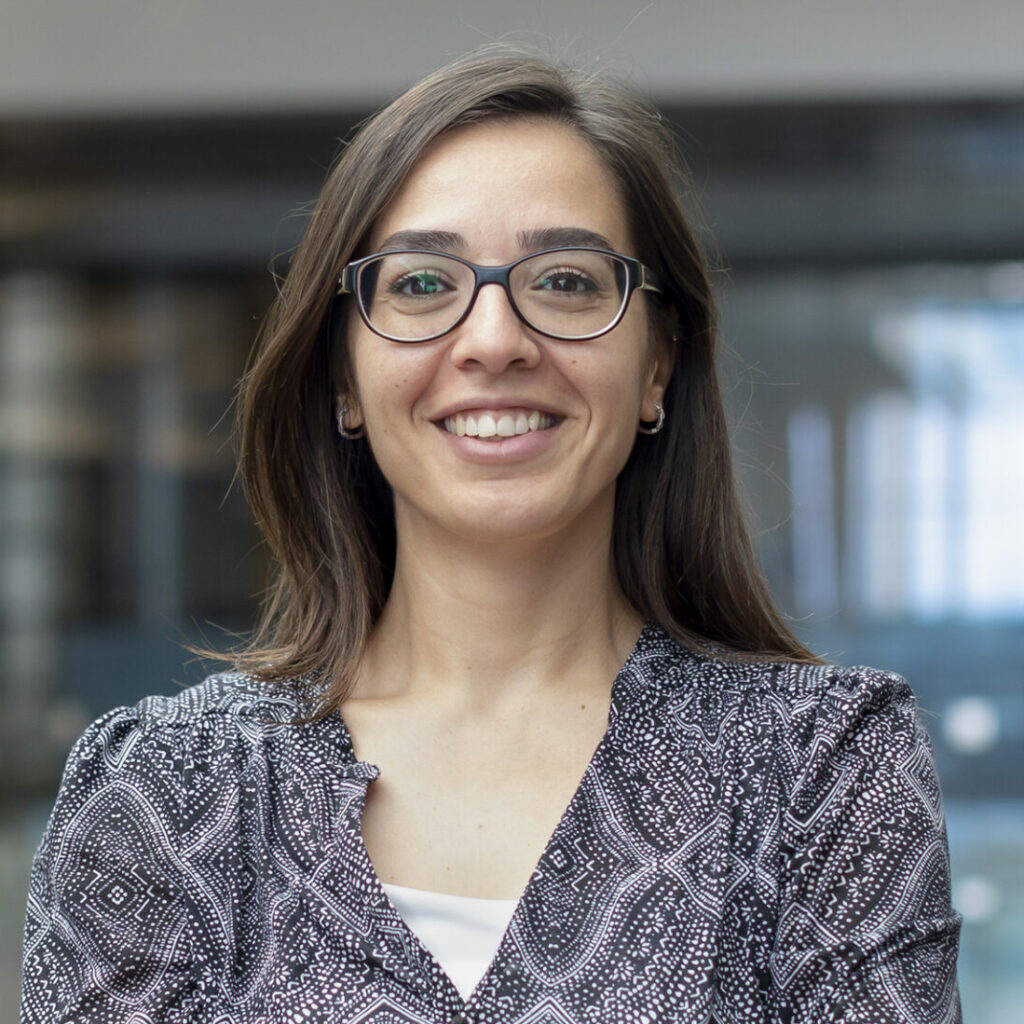
SAHIKA INAL
Associate Professor, Bioengineering
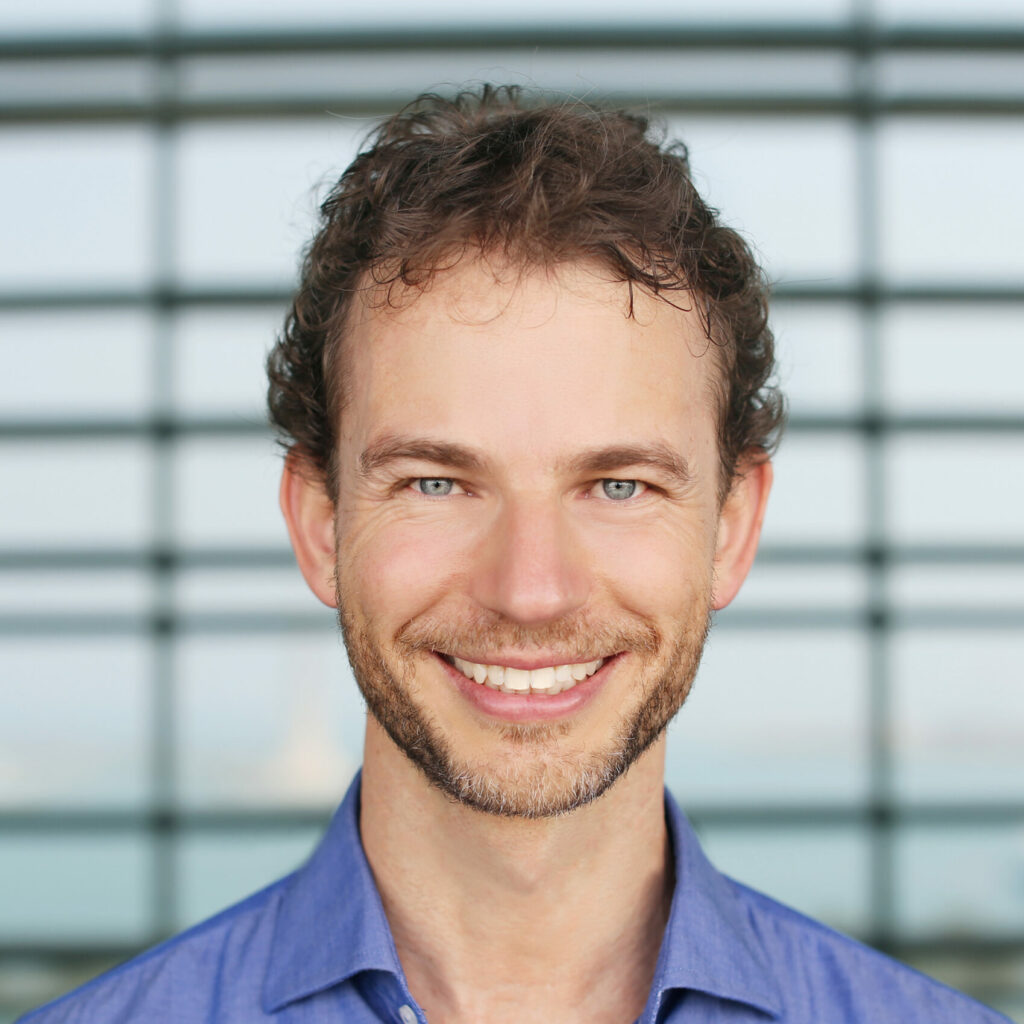
STEFAN AROLD
Professor, Bioscience
Significant findings from the research
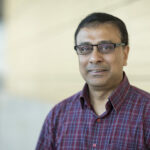
Learning about the virus
We analyzed genome sequences, and their mutations, from virus genomes collected across five cities in Saudi Arabia to identify patterns of the virus lineages being imported into the country.
– Arnab Pain
Most scientific focus has been on the spike protein of the virus; our team showed that changes in the nucleocapsid protein are also important for determining the outcome of the virus-host interplay.
– Arnab Pain
Detecting the virus
Our work was the world’s first published fully automatic AI method to extract visual features of chest CT scans of lungs affected by COVID-19. Our method can segment out the infection lesions and quantify their volume. This helps clinicians with treatment and prognosis of the disease.
– Xin Gao
We showed that, for tracking SARS-CoV-2 RNA in wastewater, the detection sensitivity is around 250 infected people per 10,000. Therefore, by the time RNA from the virus is detectable in wastewater, there may already be a significant outbreak in the sampled community.
– Peiying Hong
We built a tiny electronic chip that can detect the virus in a saliva sample or nasal swab, with a sample-to-result time of about 10 minutes.
– Sahika Inal.
This next generation device combines the sensitivity of a PCR test with the speed of lateral flow tests.
– Stefan Arold
We developed a one-step RT-PCR kit for diagnosing COVID-19 that directly detects the SARS-CoV-2 virus. Our kit, which is on par with the best commercial kits produced in the U.S. and Europe, is unique because it is assembled entirely in-house and is cheap to produce. It will also be much faster to deliver
to the regional market because it is produced in the country.
– Samir Hamdan
Collaborators from various hospitals responded to my call to form a consortium of researchers to work together to sequence and analyze the
genomes for molecular tracking of the virus.
– Arnab Pain
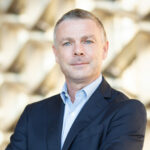
Supporting the health system
We quickly mobilized to support Saudi Arabia’s manufacturing companies with design, engineering, rapid product development and agile manufacturing of compliant ventilators with our main partner the Olayan Group. One of our significant findings was the complex and intricate technical requirements required by a ventilator to support and monitor patient lungs during both the inhalation and expiration stages.
– Barry Hogan
What helped your success?
Building on existing relationships allowed for a rapid response
Our team works with a large number of clinicians and scientists from several healthcare institutions nationwide. Collaborators from various hospitals responded to my call to form a consortium of researchers to work together to sequence and analyze the genomes for molecular tracking of the virus.
– Arnab Pain
Strict regulations meant getting patient samples to KAUST was a huge challenge in the beginning, but colleagues in King Faisal Specialist Hospital and Research Center in Riyadh came to our aid and invited us to use their laboratories so we could gain access to patient samples.
– Sahika Inal
Ironically, a key problem at the time was accessing sufficient samples from COVID-19-infected individuals. Despite great help from KAUST’s health clinic, there just weren’t enough infected people at KAUST. The only solution was to pack our equipment into a car and have three members of our team drive to King Faisal Specialist Hospital and Research Center in Riyadh to measure the samples they had there.
– Stefan Arold
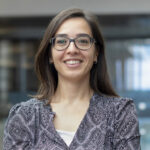
Working across disciplines helped enrich understanding
We have a gap in our toolbox for disease diagnostics, which is a huge obstacle during pandemics. This gap can only be overcome if engineers like myself work with biologists and clinicians.
– Sahika Inal

Making it real
Even pre-COVID, our team was surveying wastewater, but often people didn’t understand why we studied wastewater. With COVID, it became easier to explain that wastewater can provide a lot more information beyond COVID.
– Peiying Hong
What did you learn about your team?
Supporting each other in tough times
Our team is very resilient. Extreme attention to detail was required to ensure the safe environment necessary for carrying out validation studies of our device using real samples of the virus. We worked day and night to make the project work and supported and cared for one another in a way that I have never seen before in any team. The pandemic brought us closer together.
– Sahika Inal
To minimize the number of labs open during the COVID lockdown, we hosted Prof. Inal’s team in our lab space. We were probably the only researchers working on the entire campus at that time. The resulting isolation, focus and daily informal exchanges between team members were key to successfully combining our tech¬nologies and fields of research in such a short time.
– Stefan Arold
Achieving mission impossible became possible
Usually, projects of this kind take 4-12 months to develop. We formed a taskforce that included four of my students and myself, and we built the model, optimized the code, conducted the experiments and wrote the paper all in just 12 days. Mission impossible became mission accomplished!
– Xin Gao
We discovered how quickly people can mobilize and bond if the purpose and meaning are strong and well understood. Many people of different backgrounds and disciplines willingly came together, with great passion and energy, once there was a humanitarian benefit as the end goal. We learned a lot of new things about each other, such as the hidden talents we have, and we realized how natural leaders and strong team players emerge when the moment requires it.
– Barry Hogan
Making an impact was motivating
Making an impact is an important motivating force. Our team was really committed and motivated, especially when they saw firsthand how the information we generated was helping relevant stakeholders to devise appropriate responses or interventions.
– Peiying Hong
Persisting paid off
During the height of the pandemic, getting the reagents, consumables and some equipment delivered on time was challenging. With everyone’s perseverance, we overcame the logistical issues as we actively tried to collect our samples, despite the travel restrictions that were imposed on us. We all worked extremely long hours to overcome these challenges.
– Arnab Pain
Following through to market
Until now, my translational research activities have been focused mainly at the discovery phase. Developing the one-step RT-PCR kit was my first experience of developing from the discovery phase all the way to a final product. While this experience was very enjoyable, it was also stressful because we had to go beyond the discovery in the lab to generate a product that would work and compete in the market. I learned that translational research activities can be really fulfilling, and I am really looking forward to expanding future research in this direction.
– Samir Hamdan
What did KAUST do well?
Formed a valued and dedicated team
President, Tony Chan, formed a Rapid Research Response Team (R3T), which contributed greatly to fighting the pandemic. I’m very proud to be part of it.
– Xin Gao
I feel very privileged to have the opportunity to contribute to the fight to combat COVID-19.
– Samir Hamdan
The R3T program allowed several laboratories working on COVID-19 to function during the entire pandemic. This initiative helped to support COVID-19 research immensely in the hour of national need.
– Arnab Pain
Seeing how KAUST supported researchers from different disciplinary backgrounds and expertise working toward a common goal was very rewarding.
– Peiying Hong
The call for our faculty and KAUST’s Core Labs to contribute their capabilities through the R3T efforts showed real depth and breadth and resulted in very quick and impactful solutions. Some of these continue today through novel healthcare innovations adopted by our industry partners for use across the country. It shows we can deliver quickly when we are empowered.
– Barry Hogan
Making the KAUST campus safe
Members of the KC3 worked tirelessly throughout this period to formulate the right strategies under the dynamic and unpredictable pandemic situation. KC3 kept us well informed on the developments and shared their strategies to keep the campus under an operational safety net.
– Arnab Pain
KAUST acted quickly to keep the pandemic under control across the campus. The restrictions were all necessary, and our leadership communicated the rules to the community in a transparent way.
– Sahika Inal
KAUST community members showed great social responsibility to control this pandemic within the community.
– Peiying Hong
We achieved full vaccination on campus at an extremely fast rate — perhaps one of the few university campuses in the world to achieve this goal.
– Arnab Pain
KAUST’s approach was well balanced, constantly adjusting measures according to the latest scientific knowledge, local situation and nationwide directives. This approach has allowed us to open relatively quickly after the lockdown and remain open without re-entering lockdown, all thanks to the hard work of all those involved.
– Stefan Arold

